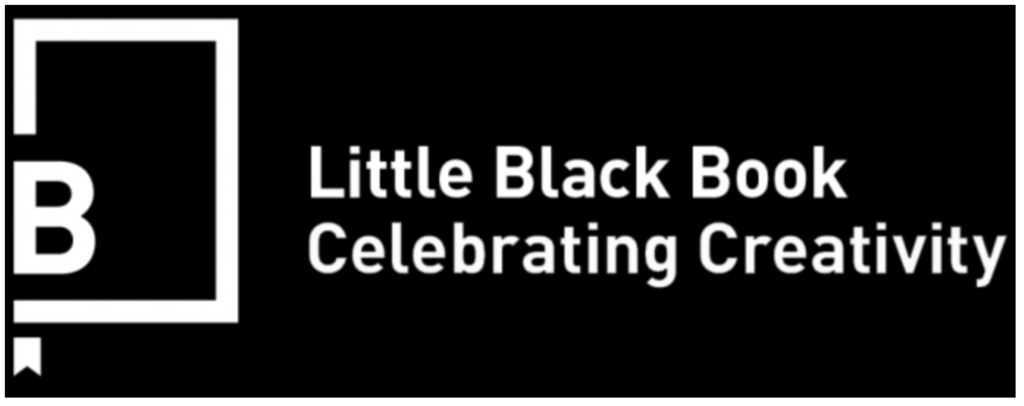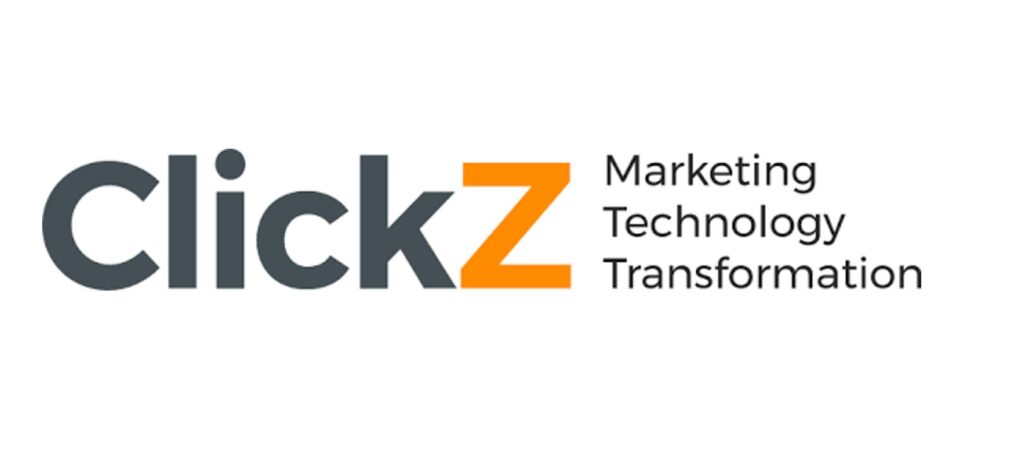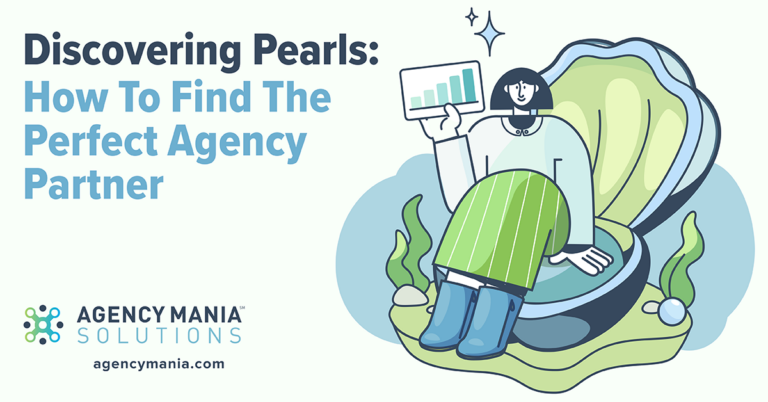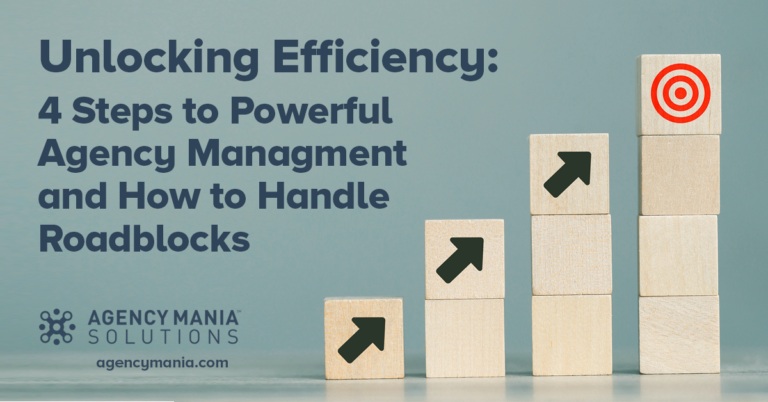An agency model is only as good as the advertiser’s ability to strategically manage the roster and operationalize it.
— Read our article posted on 4As —
— Read our article posted on Producers & Procurers iQ —
— Read our article posted on LBB —
— Read our article posted on ClickZ —
French military and political leader Napoleon Bonaparte contributed to reforms that propelled state-of-the-art research in science, education, equality, property rights, religious acceptance, and a metric system still in use today. Although few remember his political influence, his notorious military career is well documented in history books around the world. The natural-born strategist often insisted that strategy alone—without strong and well-thought-out execution—was grossly insufficient. The largest brand advertisers would agree with that assertion as they struggle to turn their agency strategy into thriving partnerships that enable them to reach their goals.
Most advertisers design a thoughtful agency strategy, but they fall short of fulfilling on their vision to get to the results they intended. Why? They often have the right strategy, with strong agency partner(s) but have not determined how to bring their model to life and continuously monitor and enforce it. They end up losing valuable time and effort at the point where competitive pressure is at its highest. And, as we know, lost time is never recovered.
Modern-age advertisers must instead align their agency models to the way they manage their agency roster, so it’s operationally sound and effective. To do so, they deploy a roster system that is designed to support their strategic objectives. For example, they may want to reduce the long tail of small, tactical agencies on their roster, consolidate budgets with their highest performing agencies, encourage the use of approved specialty agencies, or promote a given agency of record.
Let’s look at the most asked questions by leaders about their agency roster.
What is the right number of agencies for our roster?
For many advertisers, the number of agencies they currently have often feels like too many. It may be justified at times. Some of our global clients have hundreds of agencies around the world, addressing the specific needs of each region or individual country in which they operate. Some of these agencies are hyper-specialized. For others without strong governance in place, it simply grows out of control over time. They feel justified to continuously add agencies and not remove any. Less is often more, so some advertisers try to centralize all their budget in one basket, with one single, large agency coordinating the work with affiliated and sister agencies. This was the case recently for health club chain Planet Fitness, which hired Publicis Groupe as its new AOR as well as a new dedicated agency called Team Lift, which will consolidate work previously handled by 16 agencies. This is something increasingly harder to achieve in this hyper-specialized environment.
So, “What is the ideal number of agencies we need?” the CMO may ask. Well, it depends! The answer is a direct function of your strategy and organizational needs, and leadership style. So, it varies significantly company to company. Highly decentralized organizations may benefit from fewer agencies. Globally led organizations may want to rely on a network of agencies that can collaborate effectively around the world on their behalf. Highly dynamic, growth-oriented organizations may favor a more diverse, competitive set of agencies with specialized skills. Bottom line: You have the right number of agencies in your roster when the depth and breadth of talent needed to support your strategic organizational needs is adequate.
Am I assigning the agencies with the right competencies to the right assignments?
Agencies offer various, often complementary but sometimes competing, capabilities. Marketers must acquire enough understanding of what’s available to them to select the one(s) most qualified to take on a given assignment. This matching process requires some investigative research on the marketer’s side before a decision can be reached. Years of experience, core skillsets and competencies, top talent, past client engagements, historical performance, etc., are all valuable agency data points to narrow down the list and hopefully identify the right partner.
Yet, marketers must do what they do best: marketing. They often work on tight deadlines and need to get their work under way quickly. They need this data at their fingertips. This critical matching process can be greatly enhanced and expedited with the right searching capabilities, now widely available today in agency roster tools.
Am I encouraging marketers to work with the best-performing agencies?
Not all agencies are equal. An advertiser’s agency model may allow marketers to choose from a list of agencies for a given category of services (digital production or branded content for example). Those agencies may all look identical in terms of competencies, but a few may have proven to be better partners to your organization over time. Having the ability to select an agency partner based on historical performance or some rating system contributes to a culture of accountability where the best agencies get rewarded by doing more work. And that expectation has been set clearly with them as well: higher performance yields more work.
With the right agency roster tools, annual or bi-annual evaluation ratings can be easily uploaded and provided as search filters. Some platforms may even allow marketers to provide anonymous feedback about a particular agency contextually (at the end of a project) or throughout the year. This allows marketers and budget owners to get a broader perspective about an agency they are considering before actually engaging with them. And when they engage with that agency, they understand their strengths as well as particular things to watch out for, so they can get the most value from that engagement.
Am I truly helping marketers make educated choices?
There are many important considerations when choosing an agency or marketing supplier for a given project. What is essential and what is not? Beyond typical skillsets and relevant experience demonstrated by the candidate agencies, other criteria like their commitment to diversity and inclusion (such as talent mix or ownership), company status (is it a preferred agency, for example), billing rates, certification, or accreditation (for example, are they certificated to handle PII?) may all play an important part in the selection process. Marketers can make an informed decision, backed up by relevant, timely supplier data. That decision is largely influenced by the way the data is organized and provided to them. The ability to easily search and filter a list of candidate agencies based on multiple qualifying criteria saves marketers and procurement professionals significant time and ensures that the underlying Supplier Relationship Management (SRM) and agency strategy operated by the advertiser is being fully complied with
Is my roster set up to fully support my agency model?
This is the most poignant question any advertiser should ask themselves. Over the years, I’ve witnessed brilliant strategies and models being conceived by remarkable leaders, only to see them fall flat on their faces. Agency models don’t fail solely due to a lack of vision by the leadership team or because of poorly performing agencies. A model often fails because there is no structured mechanism or solution to actively manage the roster, to review agencies and their credentials, or to sort and organize the roster of agencies. Industry-leading companies like Dell and Warner Media have implemented their own version of a robust roster management system to efficiently support their marketing organizations and align to their respective strategies.
A sound agency model and strategy is essential, yet it’s not enough. Failing to align the model to the agency roster is like making an airplane out of thin paper. It won’t fly long or very far.
By Bruno Gralpois, Author/Speaker, Thought-provocateur, Client/Agency Guru, Entrepreneur, Innovator
September 24, 2021











